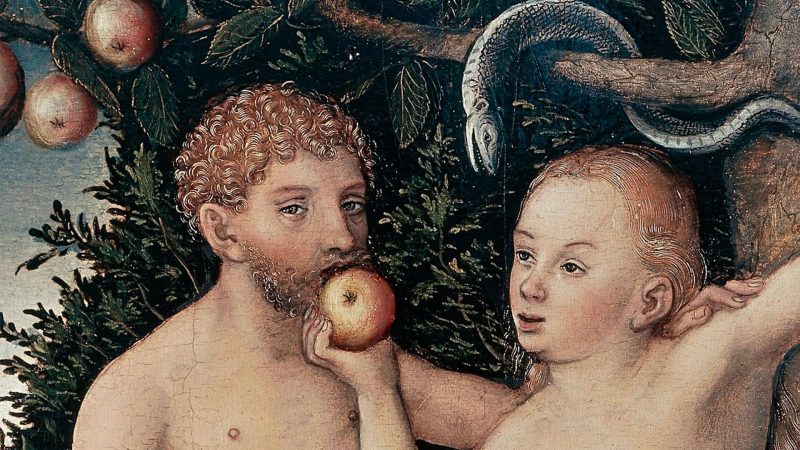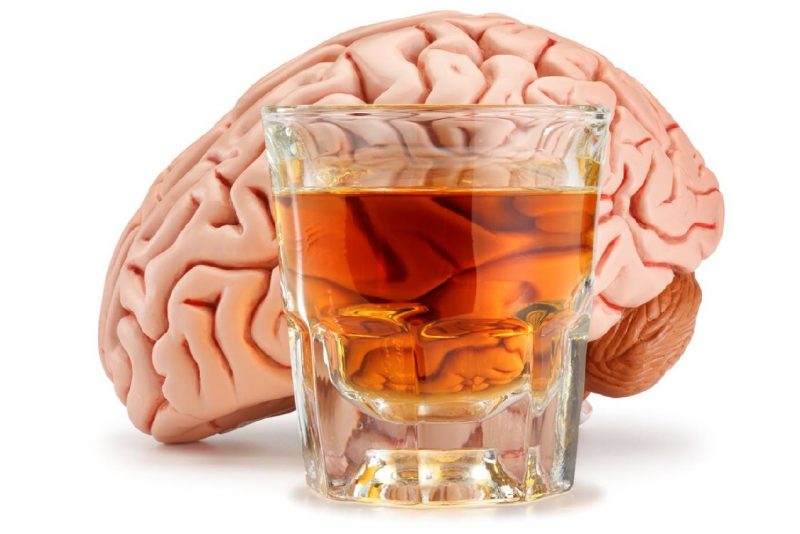From the first day of life, we learn all kinds of true facts, but if the truthfulness of some is based on our own experience: “breaking a knee hurts” or “it is warmer under a blanket,” we simply believe the reality of others. Because we have been told this way since childhood, because it was taught at school, or even because it was written in newspapers and told on television. In fact, some “facts” known to everyone are just myths that have firmly entered our lives. Here are just a small part of such "not entirely true", and sometimes "completely untruthful".
Material Content:
- 1 Myth: Napoleon Bonaparte was very short
- 2 Myth: The bat is blind.
- 3 Myth: Crunching with fingers leads to arthritis.
- 4 Myth: A chameleon changes color, hiding from danger.
- 5 Myth: Chewing gum has been digested for 7 years.
- 6 Myth: Frozen fruits and vegetables are useless, unlike fresh ones.
- 7 Myth: Einstein was a mathematics lag.
- 8 Myth: A person has only 5 senses.
- 9 Myth: The forbidden fruit of Adam and Eve is an apple.
- 10 Myth: Alcohol kills brain cells.
Myth: Napoleon Bonaparte was very short
Fact: The famous military leader was 5 feet and 6 inches tall, which was actually the average height of the men of that time. The illusion of short stature was most likely due to the fact that Napoleon was always surrounded by his “Imperial Guard”, whose soldiers were recruited from real giants and strongmen of that time and were no less than 6 feet tall.
Myth: The bat is blind.
Fact: In fact, this statement is false. Although bats use echolocation to find prey and obstacles in the dark, they have pretty good eyesight that they rely on in the daytime.
Myth: Crunching with fingers leads to arthritis.
Fact: Crunching occurs due to the release of small air bubbles in the joints and does not adversely affect them.
Myth: A chameleon changes color, hiding from danger.
Fact: Most chameleons actually cannot change color to hide themselves from predators; they use this ability to communicate. Only a few species of chameleons are able to control their color in order to camouflage themselves, while the color of most of them changes depending on emotions.
Myth: Chewing gum has been digested for 7 years.
Fact: The stomach can’t digest chewing gum at all, it just comes out with digested food a few days after eating.
Myth: Frozen fruits and vegetables are useless, unlike fresh ones.
Fact: Research says frozen fruits and vegetables are just as healthy as fresh ones. They begin to lose their nutrients as soon as the crop is harvested, and by the time they get to the local grocery store, the fruits / vegetables will already have lost a lot of nutrients. At the same time, frozen fruits are processed immediately after harvest, which helps to maintain maximum benefits.
Myth: Einstein was a mathematics lag.
Fact: Stop comforting yourself with this myth! Einstein not only excelled in mathematics, he mastered integral and differential calculus before he turned 15 years old. However, he could not pass the entrance exam at the prestigious Polytechnic School in Zurich, Switzerland, because he studied poorly in subjects not related to science, and he was especially difficult to learn French.
Myth: A person has only 5 senses.
Fact: Neurologists can count up to 21 senses. These include balance, hunger, thirst, movement, pain, temperature, and so on.
Myth: The forbidden fruit of Adam and Eve is an apple.
Fact: Nothing suggests that the Forbidden Fruit was an apple; the Bible simply refers to “fruit” or “fruit.” Most researchers believe that this fig was a fig.
Myth: Alcohol kills brain cells.
Fact: It only damages them, but over time they are replaced by new ones. But this does not mean that you can drink without measure, because this process of "replacement-restoration" is very long.






















